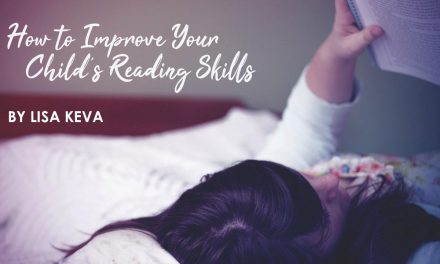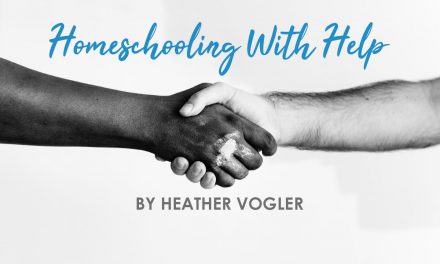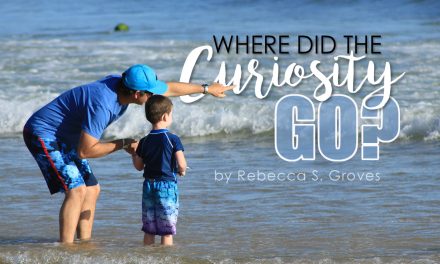Social Emotional Learning: I am sure you have heard the phrase. It’s the new buzz word circulating the educational realm. This phrase may be described as 21st century skills, character education, or soft skills. You may wonder, what exactly do these terms mean?
In 1990, two psychologists, Peter Salovey and John Mayer, came up with the term, “Emotional Intelligence.” They described this intelligence as “a form of social intelligence that involves the ability to monitor one’s own and others’ feelings and emotions, to discriminate among them, and to use this information to guide one’s thinking and action.” They discovered that when people could identify their emotions (especially negative emotions) they were more likely to respond maturely and resolve issues at hand instead of acting out in an unpleasant manner. The two psychologists submitted an article describing the newfound declaration in a journal. Daniel Goleman read this article and was fascinated by the concept. In 1995, he published a book called Emotional Intelligence and since then the expression has evolved and exploded.
Dr. Sandeep Atre also studied Emotional Intelligence and made the term even more understandable by combining these three attributes: Awareness, Attunement, and Adaptability. In other words, being aware of one’s emotions is the first step, while attunement is the ability to recognize others’ emotions and, therefore, develop empathy. By being aware of your own and others’ emotions, you can better adapt to your surroundings and choose a positive and worthwhile outcome in any given situation.
Social Emotional Learning eventually developed from these ideas. It was designed to equip students with skills to manage their own emotions, be kind and sensitive to others, learn problem solving, create flexibility, and resolve disagreements in a tactful fashion. An organization called CASEL (Collaborative to Advance Social and Emotional Learning) was ultimately developed by researchers and educators and has driven the movement promoted in schools. The basic premise behind social emotional learning is to help kids develop morally while learning academics. Today, the implementation of these skills might look different within each facility or curriculum. It can even look different within each state. Although I can’t tell you what the execution of these skills resembles in the school system, I do know most homeschoolers have always routinely focused on these are attributes within their own families.
Every homeschooler has teachable character moments. By the way, this is such a great opportunity! Maybe you don’t call it Social Emotional Learning, but you undoubtedly practice these skills daily without even realizing it. And the way skills are practiced will appear distinctive within each family. Whether you incorporate biblical lessons, discuss characters in novels through your literature, talk about emotions as they arise–or all the above–you are teaching your kids how to be aware of emotions and deal with them effectively. When you set reasonable expectations for your children and are consistent with discipline and consequences, you are helping them mature responsibly. When you not only talk about the “Golden Rule, “but show them through real-life examples, you are teaching them to love one another. When conflicts or strong emotions surface and you take time to understand why the anger or sadness arose in the first place, you are creating quick problem-solving tactics and healthy outcomes. When you ask for forgiveness if you have wronged someone, you are teaching empathy and humility. Furthermore, these everyday happenings produce a secure family unit.
Be encouraged by the social skills you are teaching your children at home. Even if you don’t label it Social Emotional Learning, you are still living intentionally. This generates a healthy emotional and optimistic environment that is contagious. As Charles Swindoll said, “Life is 10% of what happens to you and 90% of how you react to it.” ~ Gina





